Introduction: Beninese cuisine
Benin, a country located in West Africa, boasts a rich and diverse culinary scene. Beninese cuisine reflects the country’s cultural and historical influences, with traditional dishes that have been passed down for generations. The cuisine is a mix of African, French, and Portuguese influences, resulting in a unique blend of flavors and ingredients.
Influences on Beninese cuisine
Beninese cuisine has been influenced by various groups over the centuries, including the Fon, Yoruba, and Ewe people, as well as the French and Portuguese. These cultural influences have contributed to the varied ingredients and cooking techniques used in Beninese dishes.
Common ingredients in Beninese dishes
Staple ingredients in Beninese cuisine include cassava (a starchy root vegetable), yams, plantains, okra, and beans. Meat and fish are also commonly used, with poultry, beef, and goat being popular choices. Spices such as ginger, garlic, and hot peppers are often used to add flavor to dishes.
Religious and cultural dietary restrictions
Benin is a predominantly Christian country, but there are also many Muslims and followers of traditional African religions. As a result, there are various dietary restrictions based on religious and cultural practices. Muslims do not eat pork, while some Christians and followers of traditional African religions avoid eating any meat that has been sacrificed to spirits.
Vegetarian and vegan options
Vegetarian and vegan options are available in Beninese cuisine, with many dishes featuring plantains, cassava, and beans as the main ingredient. Okra and other vegetables are also commonly used in vegetarian dishes.
Popular dishes that are gluten-free
Gluten-free options are available in Beninese cuisine, with dishes such as fufu (a starchy dough made from cassava or yams), akassa (a gluten-free pancake made from cornmeal), and yovo-doko (a dish made with fried plantains).
Food allergies in Beninese cuisine
Food allergies are not widely recognized in Beninese cuisine, and there may be a lack of understanding of the seriousness of some allergies. It is important for individuals with food allergies to communicate their needs clearly when ordering food.
Conclusion: Diversity in Beninese cuisine
Beninese cuisine is a diverse and flavorful mix of cultural and historical influences. The cuisine is adaptable to different dietary needs and preferences, with vegetarian, vegan, and gluten-free options available. However, it is important to be aware of any dietary restrictions or allergies and communicate them clearly when ordering food.

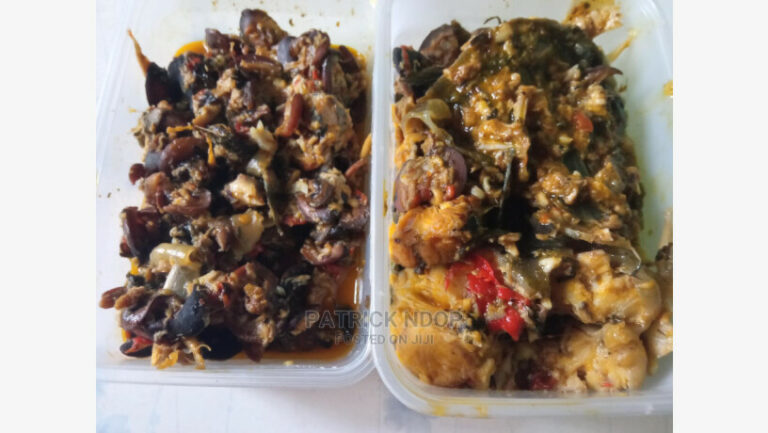
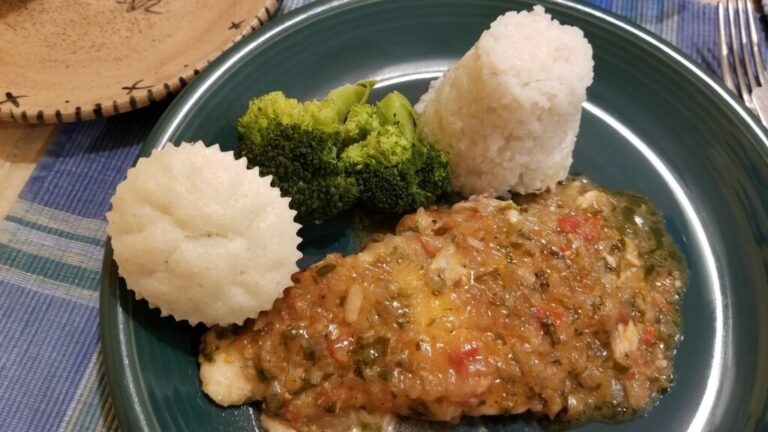



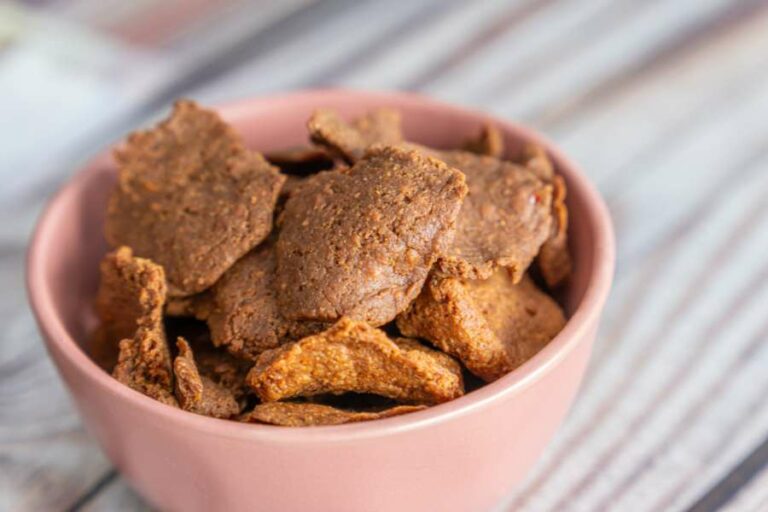
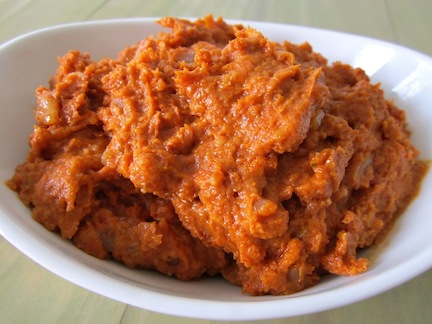
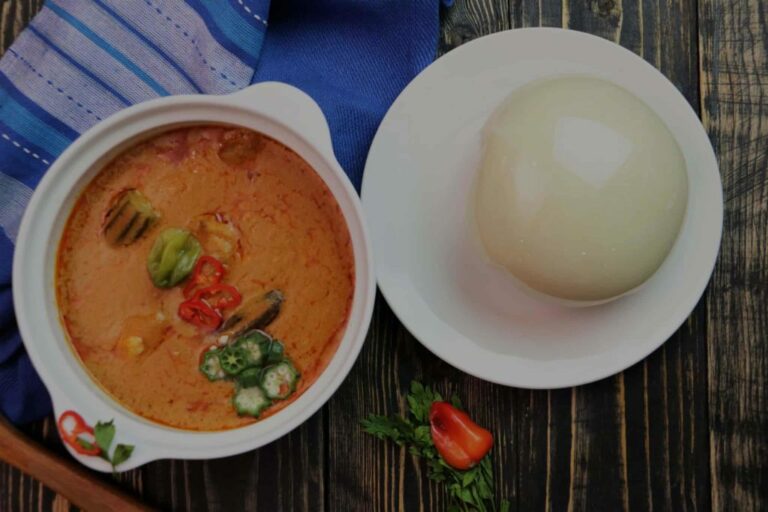

![Can you recommend some Beninese restaurants in [city]?](https://foodnerdy.com/blog/wp-content/uploads/2023/05/Без-названия-35.jpg)